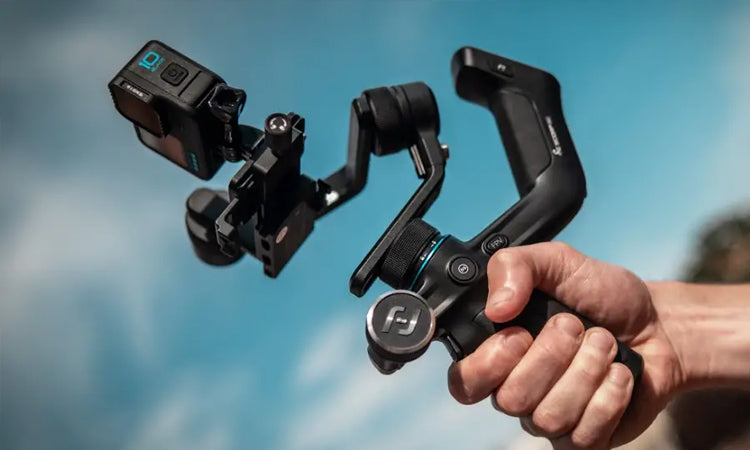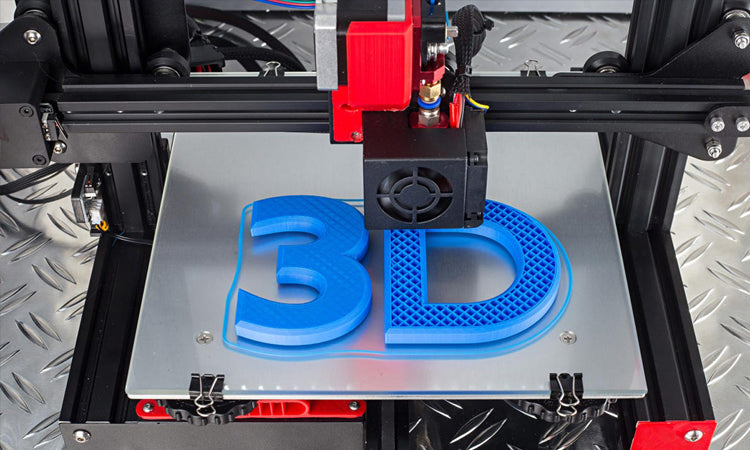How to Choose the Right 3D Printer for Your Projects
Choosing the right 3D printer for your needs can be a daunting task, given the wide range of options available. Here’s a guide to help you make an informed decision based on your specific requirements and budget.
-
Determine Your Needs
-
Purpose: Identify what you intend to use the 3D printer for, whether it’s for hobby projects, professional prototyping, or educational purposes.
- Hobbyists: Look for user-friendly models with good print quality and a moderate build volume.
- Professionals: Focus on high-precision printers with larger build volumes and the ability to print with various materials.
- Education: Opt for safe, easy-to-use models with educational resources and support.
-
Consider the Types of 3D Printers
- FDM (Fused Deposition Modeling): Ideal for beginners and hobbyists, FDM printers are affordable and use a variety of filament materials.
-
- Pros: Easy to use, wide range of materials, affordable.
- Cons: Limited detail compared to other types.
- SLA (Stereolithography): Suitable for professionals requiring high precision and detail, SLA printers use a laser to cure resin.
-
- Pros: High detail, smooth surfaces.
- Cons: More expensive, resin handling can be messy.
- SLS (Selective Laser Sintering): Best for industrial applications, SLS printers use a laser to fuse powder material.
-
- Pros: No support structures needed, strong and durable parts.
- Cons: Very expensive, complex setup.
-
Evaluate Key Features
- Build Volume: The size of the objects you can print. Ensure the printer’s build volume meets your project requirements.
- Print Speed: Higher speeds can save time but may affect print quality. Balance speed and quality based on your needs.
- Material Compatibility: Ensure the printer can work with the materials you need, such as PLA, ABS, PETG, or specialized resins.
-
Budget Considerations
- Entry-Level: $200 - $500. Good for beginners and hobbyists with basic needs.
- Mid-Range: $500 - $2000. Offers better quality and more features for serious hobbyists and small businesses.
- High-End: $2000 and above. Best for professionals and industrial applications requiring high precision and large build volumes.
Conclusion
Selecting the right 3D printer involves understanding your needs, evaluating different types of printers, and considering key features and budget. By doing thorough research, you can find a 3D printer that fits your projects perfectly.
References:
- (2024). Best 3D Printer. Retrieved from All3DP
- (2024). Difference Between FDM and SLA 3D Printers. Retrieved from Creality
- (2024). Differences Between SLA and FDM 3D Printing. Retrieved from Formlabs
- 3D Insider. (2024). SLS 3D Printing Explained. Retrieved from 3D Insider
- (2024). 3D Printer Specifications Guide. Retrieved from MatterHackers
- (2024). Best 3D Printers by Budget. Retrieved from PCMag



